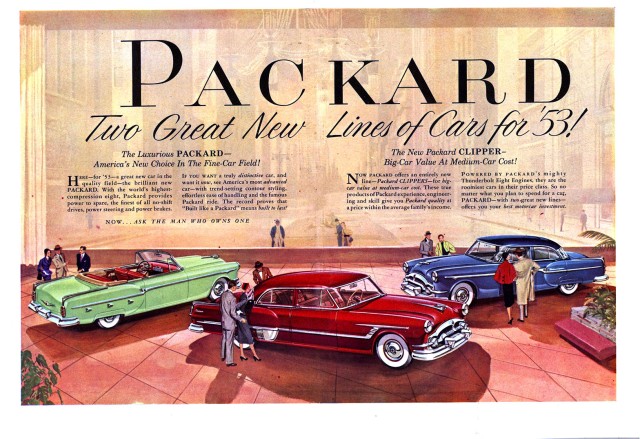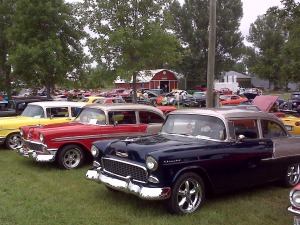The Rising Value of Japanese Classic Cars
The Rising Value of Japanese Classic Cars
The last decade has seen the introduction of many notable classic and antique cars. Some of the most iconic antique cars just celebrated their 50th anniversary this year, including the Pontiac GTO, 1964 ½ Mustang, and the ’64 Studebaker Excalibur. While all of these cars have their place in the hearts of classic car enthusiasts, there is a group that is becoming immensely popular in very recent years. That is, Japanese classic cars.
According to an article by reporter Charles Fleming of the LA Times, back in 2006 vintage car collector Terry Yamaguchi paid $5,000 for a bright orange 1973 Datsun 240Z, to sell it a couple years later for only a little more than she paid for it to begin with. What’s it worth now? A surprising $20,000!
This significant price hike is not limited to the 240Zs either, according to Fleming. He reports that the value of Japanese classic cars has skyrocketed in recent years, noting that a 70’s Toyota Celica could cost up to $20,000 and a well-maintained Datsun 510 has the potential to go for as much as $25,000!
Ironically, the growing popularity in Japanese collector cars is due in part to the fact that they’re cheaper than American or European classics. Mike Malamut, a retired car dealer who’s been collecting for 35 years, calls collecting Japanese classics a “way to enter the collector hobby for relatively little money”.
This idea of collecting Japanese classics is still foreign to many, however many classic car events on the West Coast are now centered around Japanese “nostalgic” cars. A few Japanese classics that stick out to collectors in particular are Mazda’s rotary-powered pickup trucks, 80s Mistubishis, and old Skylines.
Whether your Classic Car is American, Japanese, or European, we can insure it at Condon Skelly. Since 1967, we have been helping our customers protect their classics with affordable, industry-leading insurance coverage. We are a group of collectors, enthusiasts, and professionals who specialize in insuring all types of collector vehicles. Please contact us today for more information.








